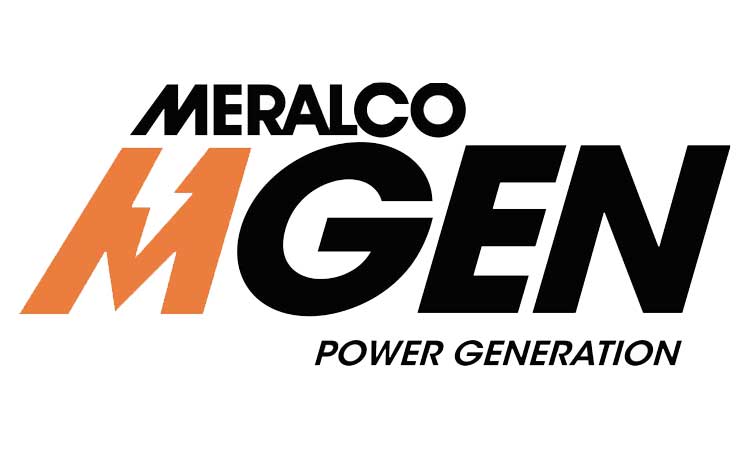Meralco seeks to pioneer first USC coal plant in PH
- November 29, 2019
- 0

Meralco PowerGen is still keen on pioneering the first ultra super critical (USC) coal-fired power plant in the Philippines to not only provide higher efficiency in electric generation but to also significantly reduce carbon emissions.
According to a Manila Bulletin report, Meralco PowerGen Vice President Reynalita Santana expressed that studies reveal that it would still be purposeful to pioneer the utilization of high efficiency, low emissions (HELE) technology in the Philippines, adding that the technology is also capable to reduce emissions of other pollutants and particulate matter.
In Taiwan’s experience based on their three-unit Linkou power plant, generation efficiency is 7.0 percent higher than older technologies — at a coal consumption that is equivalent to 0.366 kilogram (kg) per kilowatt hour (kWh) versus older technologies’ coal fed of 0.434 kg/kWh — meaning, there’s less coal being burned for every kilowatt-hour of generated electricity.
The USC technology will also spew less carbon dioxide emissions — lower by roughly 20 percent to 0.789 kg/kWh versus the conventional coal technologies at a higher base if carbon dioxide emissions at 0.975 kg/kWh.
From a different perspective, the USC technology could help cushion the impact of global warming dilemma.
In Taiwan, most new coal-fired power developments are shifting technology usage to the more advanced boilers such as those in the HELE class, older one are being phased out.
According to the report, Engineer Wen-Chieh Yang noted that Linkou power plant used to be equipped with a sub-critical boiler technology from the time it was built in 1968 until it was decommissioned in 2014, and was transformed into a USC coal plant.
In the Philippines, even its newer thermal power plants are still in the sub-category boiler technology deployment, as there’s still no government policy requiring power developers to enforce upgrade on technology usage.